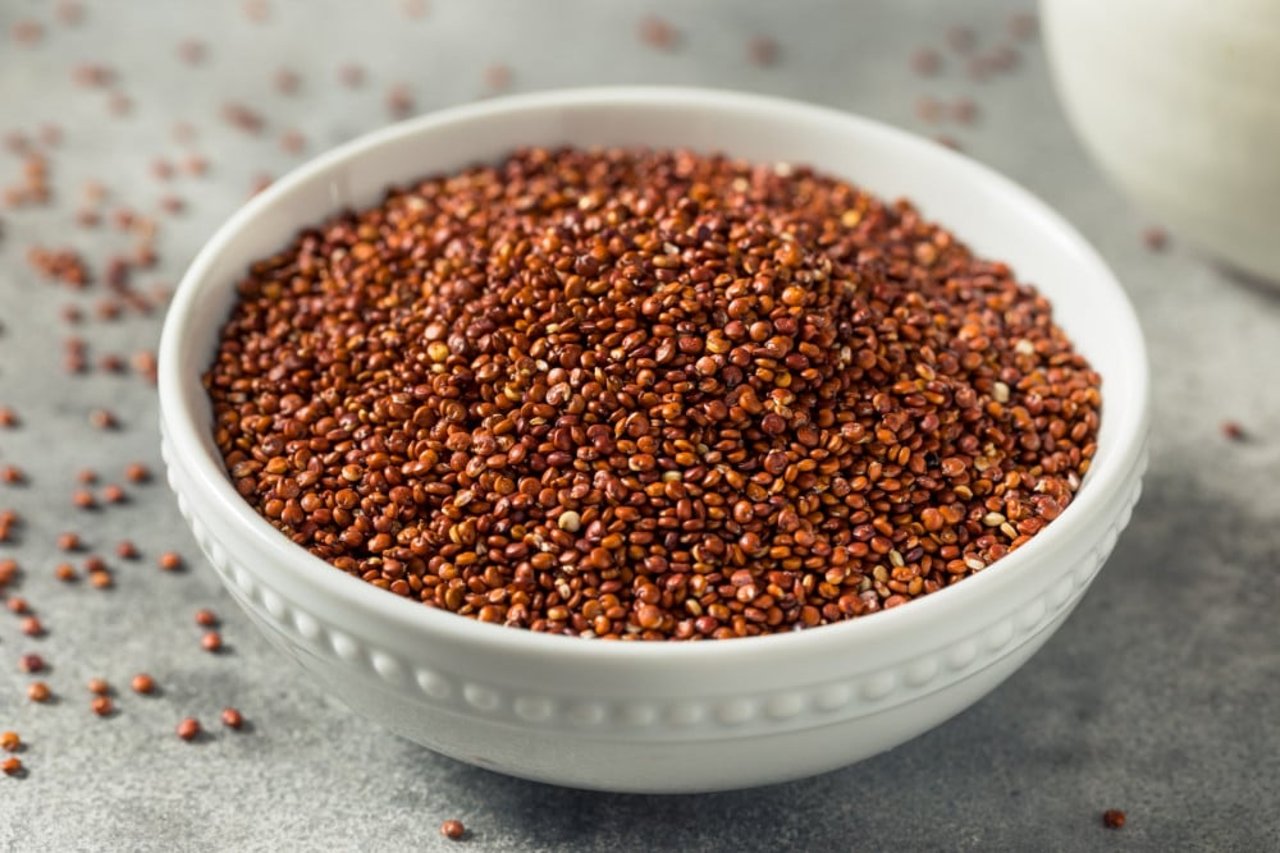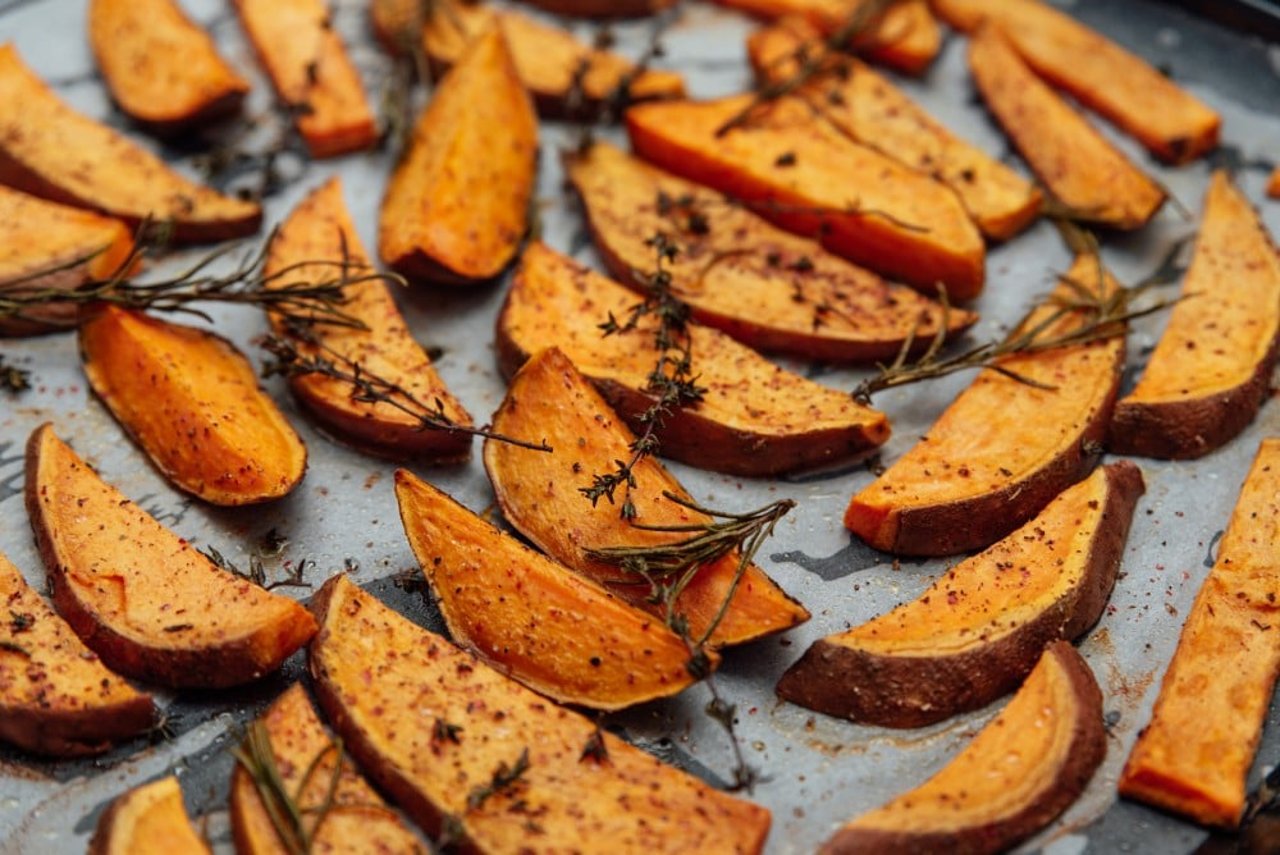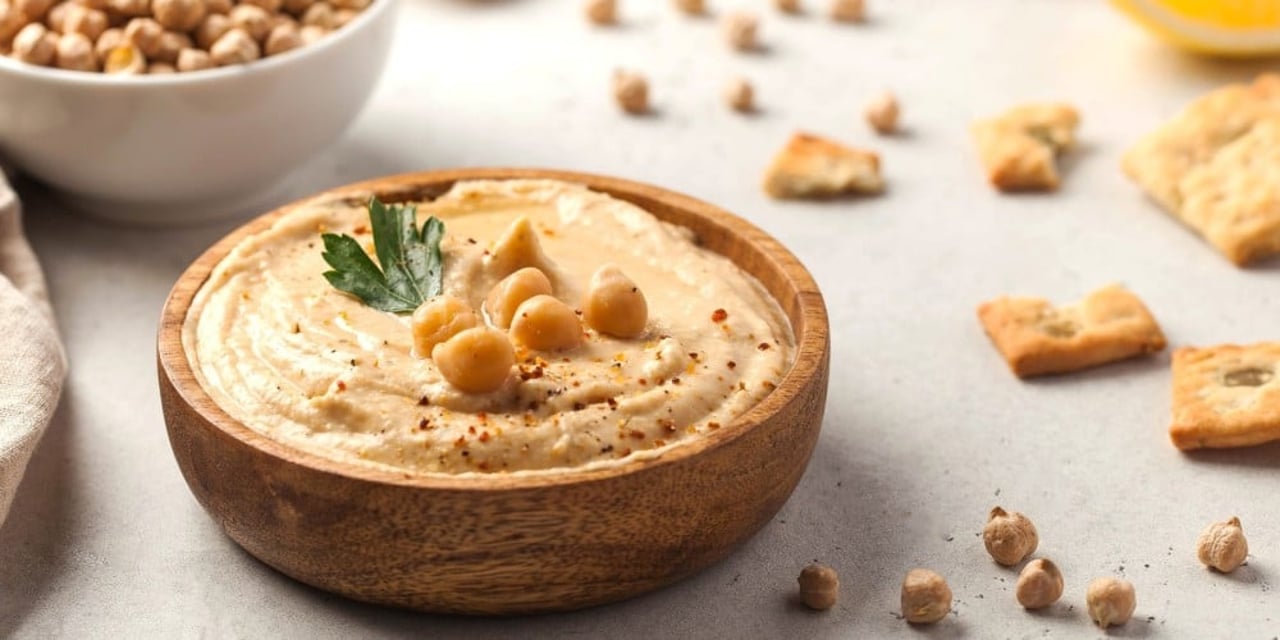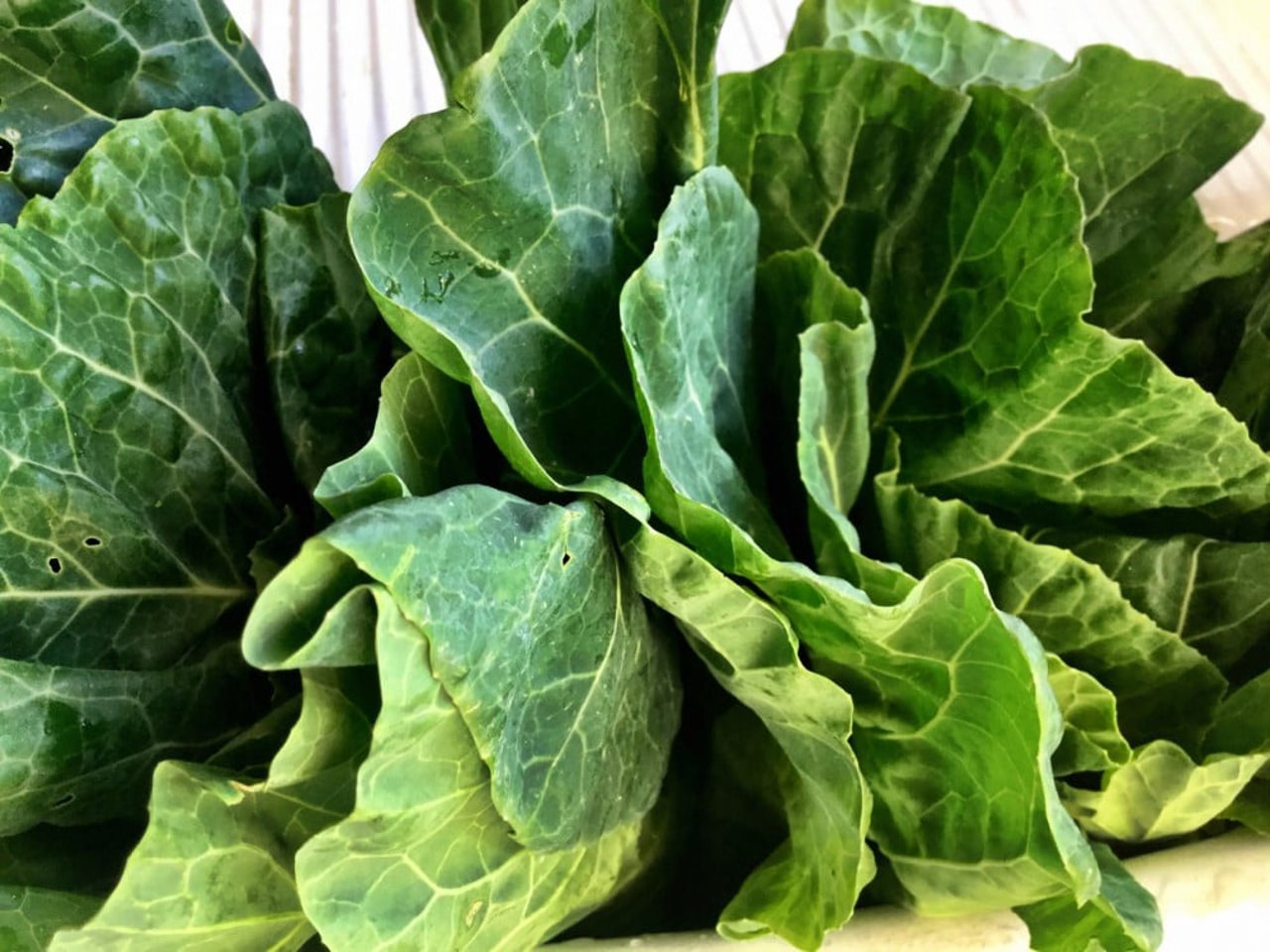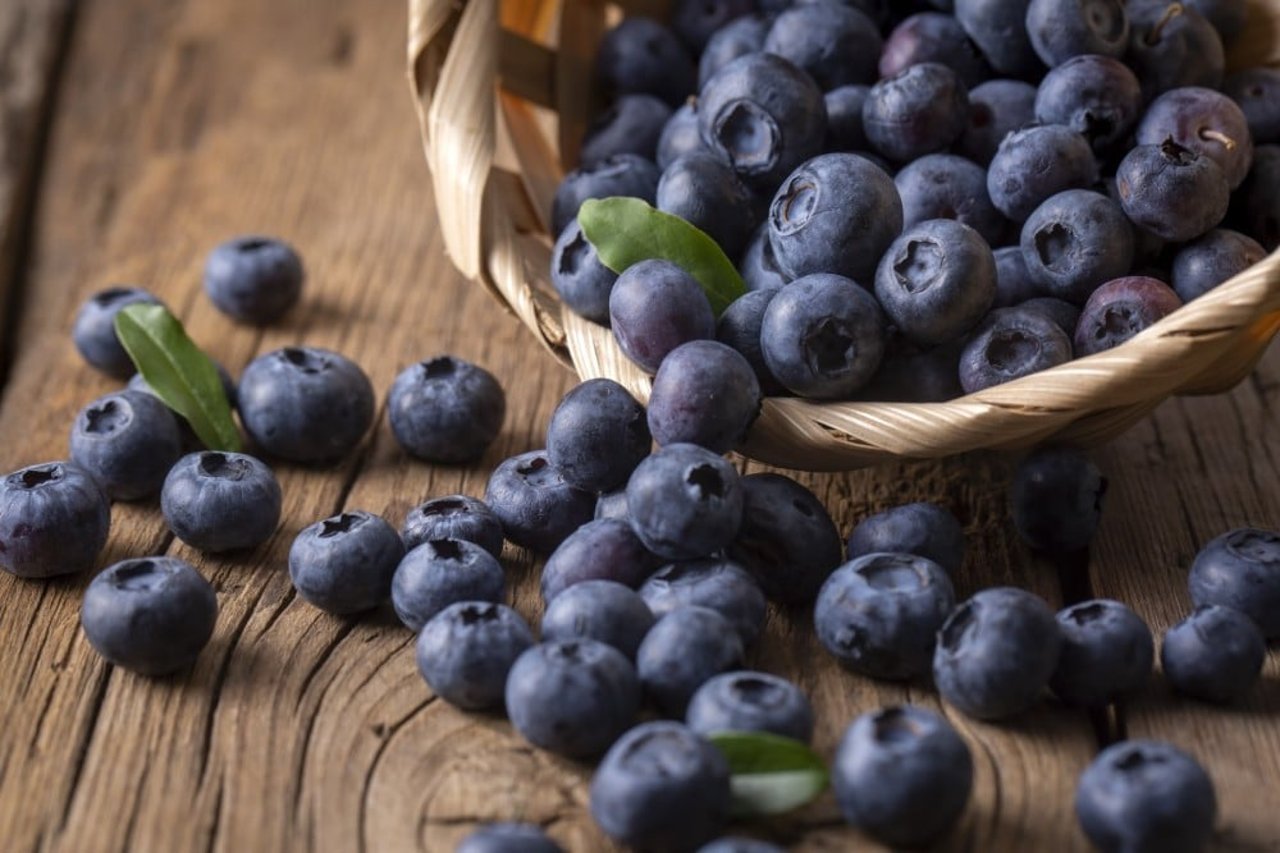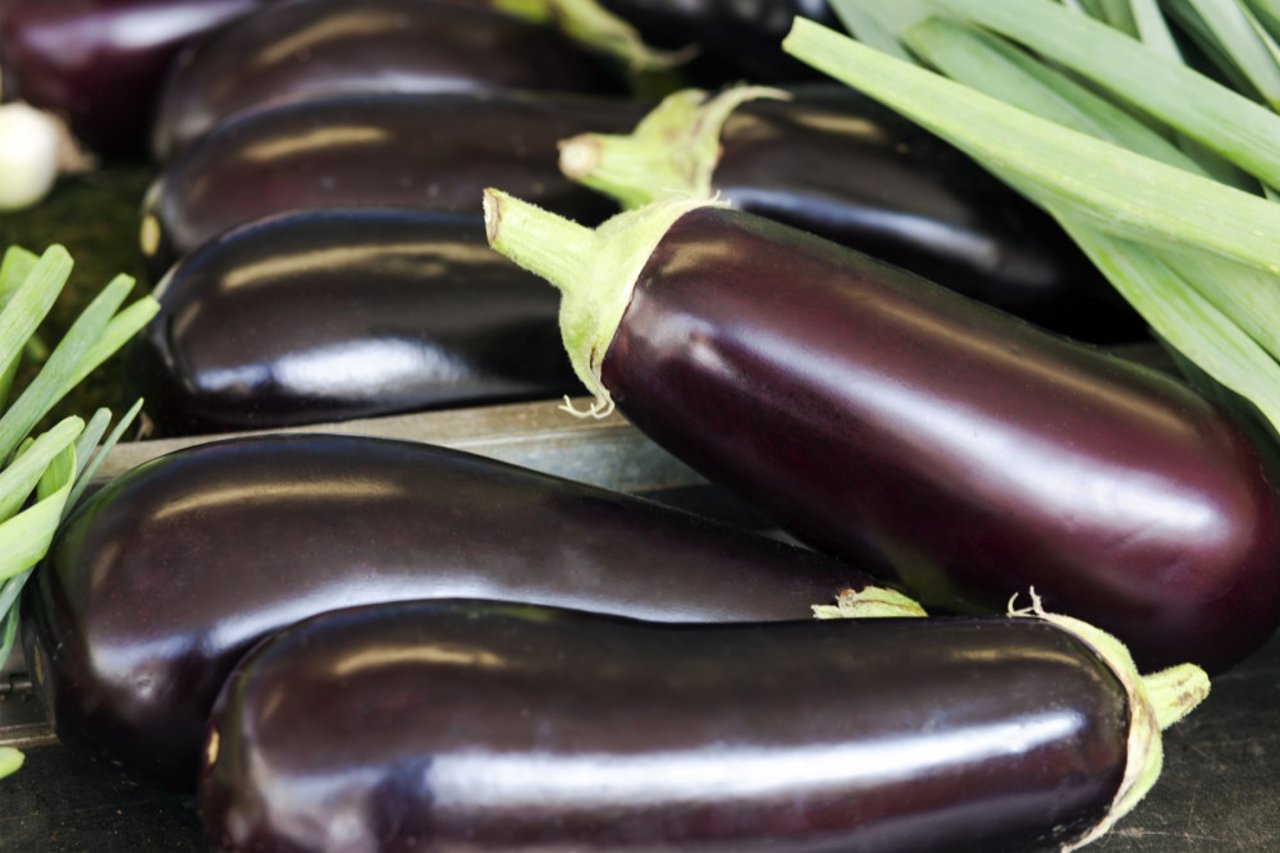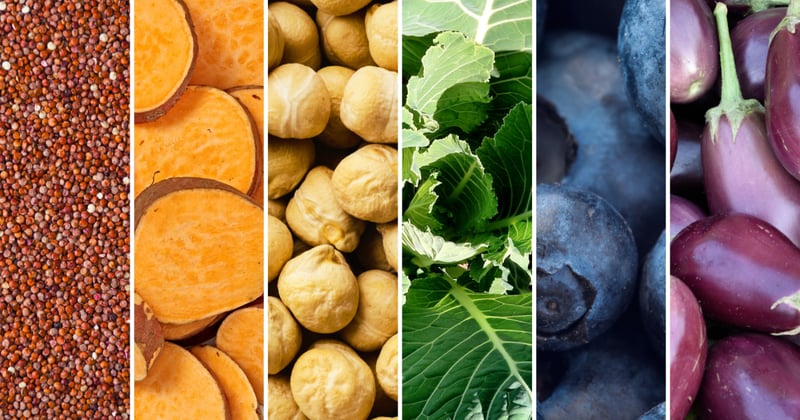
Work the colors of the pride flag into your next meal.
Pride Month is officially here! And along with it: the pride flag.
The pride flag, also known as the rainbow flag, was created in 1978. It was designed by Gilbert Baker, an artist and activist, in response to a need for a symbol that could represent the LGBTQIA+ community. The flag originally featured eight colors, each representing a different aspect of the LGBTQIA+ community—pink for sexuality, red for life, orange for healing, yellow for sunlight, green for nature, turquoise for magic/art, blue for serenity/harmony, and violet for spirit. Over time, the design has evolved (including the creation of several other LGBTQIA+ flags). The version most associated with LGBTQIA+ pride, the “Traditional Pride Flag”, commonly consists of six colors: red, orange, yellow, green, blue, and purple. It has become an internationally recognized symbol of LGBTQIA+ pride and solidarity.
In recent years, new variations of the flag have developed, including an intersex-inclusive flag designed by Valentino Vecchietti based on the Intersex pride flag that was created in 2013 by Morgan Carpenter, as well as the “Progress Pride Flag” created by Daniel Quasar that includes white, pink, and light blue triangles representing the Transgender community, and black and brown triangles representing LGBTQIA+ people of color. The development of these flags has been crucial in supporting the reminder that members of the LGBTQIA+ community, such as transgender members and transgender people of color, must be represented in the movement for equality. Sadly, these communities continue to receive copious amounts of hatred—there are currently 491 anti-LGBTQ bills in the US.
This Pride Month, we’re supporting organizations working hard to fight for LGBTQIA+ rights (more info at the end of the blog!), AND celebrating the colors of the rainbow Pride flag through each plant-based meal that we eat!
1. Red: Quinoa
Have you ever tried red quinoa? Quinoa is an excellent source of protein, fiber, and vitamins. It’s extremely versatile and can be used in soups, stir frys, salads, and more. Plus, its red hue adds a fun bit of color to your meal!
2. Orange: Sweet potatoes
The orange color of sweet potatoes comes from the high content of beta-carotene, which acts as a powerful antioxidant in the body. Sweet potatoes taste delicious in tacos, as fries, blended into stews, and roasted whole in the oven.
3. Yellow: Chickpeas
Also known as garbanzo beans and as the shining star of hummus, chickpeas pack a huge punch of protein and can be thrown into nearly any meal. Even the liquid found in canned or cooked chickpeas, known as aquafaba, has gained popularity as an egg substitute in vegan baking. It can be whipped like egg whites and used to make meringues, macarons, and other egg-based recipes.
4. Green: Leafy greens
Kale, spinach, chard, collards, lettuce... the list goes on! Leafy greens have powerful anti-inflammatory abilities and are one of the best ways to incorporate a plethora of plant-powered nutrients into your diet.
5. Blue: Blueberries
After strawberries, blueberries rank as the second most popular berry in the United States. Apart from tasting absolutely amazing, blueberries are full of antioxidants (that give them their vibrant blue color) and protect our cells. Blueberries have even made their way to space! NASA has included blueberries in astronauts’ diets due to their nutritional value.
6. Purple: Eggplant
If you’re looking for a meat substitute, eggplant is the way to go. The flesh of an eggplant has a unique sponge-like texture, which allows it to absorb flavors and sauces. It can be roasted, grilled, sautéed, and even blended.
Once you’re done chowing down, be sure to check out the following organizations that help support LGBTQIA+ rights:
